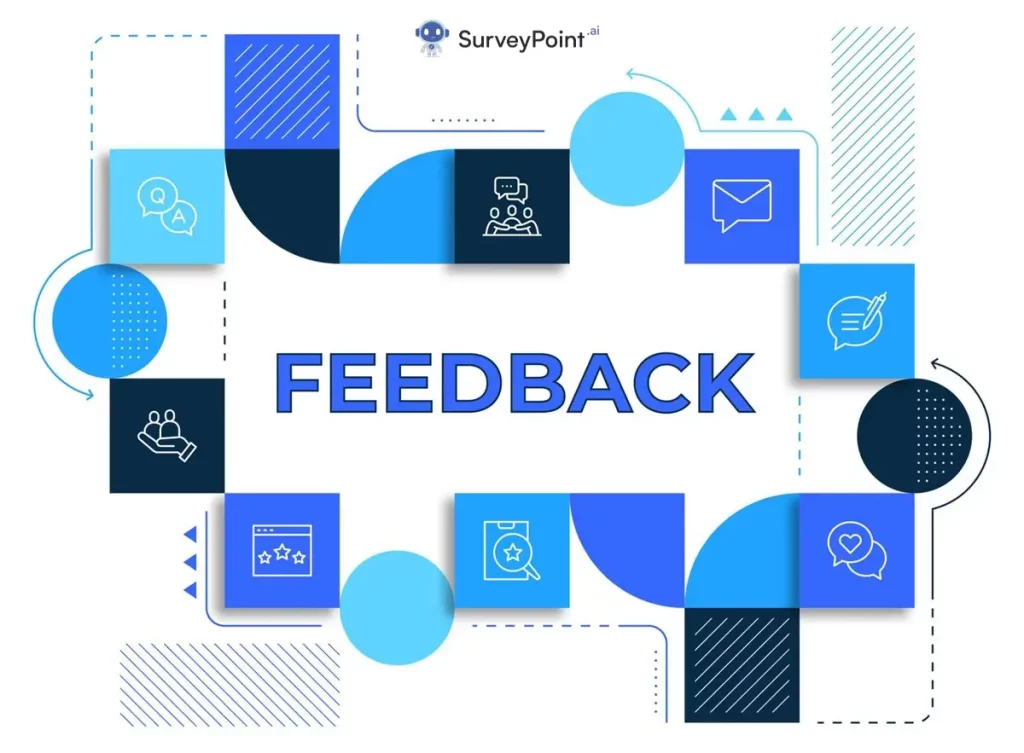
This guide offers a 3-step process for conducting effective blind surveys. Getting completely honest feedback can be a challenge. People may fear negative consequences if their opinions are linked to their identities. Enter blind surveys! They offer anonymity, boosting the candor of responses and providing unbiased insights. This is particularly helpful in employee surveys, customer satisfaction assessments, or sensitive market research.
In the pursuit of genuine insights, the blind survey emerges as a valuable tool. This blog takes you through the essential steps of conducting a blind survey, offering a strategic approach to gather honest feedback. Learn how to navigate the intricacies of this survey method and enhance your understanding of customer sentiments.
Blind Survey
Definition and Core Benefits
Blind surveys are surveys where the identities of respondents are hidden from the researcher.
Anonymity makes people feel safe to express themselves openly, without worrying about judgment or repercussions.
Types of Blind Surveys
Single-Blind: Respondent is anonymous to the researcher – the most common format.
Double-Blind: Both the respondent and researcher are anonymous, used for extremely sensitive research.
Best Uses for Blind Surveys
Employee feedback: Uncovers workplace concerns (harassment, management issues) employees might otherwise fear reporting.
Customer satisfaction: Customers freely share honest opinions, providing insights for product and service improvements.
Market research: Get unbiased evaluations of competitors or potential new products.
You Must Read One Question Survey: 5 Examples to Drive Results Customer Journey Questions: Boost Engagement in 5 Steps
3 Steps to Get Honest Feedback with a Blind Survey
Choose the Right Platform
- Select survey software with robust anonymity features. Some tools even scrub identifying metadata.
- Consider ease of use and reporting tools needed for analyzing your data.
- Examples of popular blind survey tools include: [List 2-3 survey tools known for good anonymity features]
Design Effective Questions
Questions should be clear and unbiased to avoid influencing responses.
A mix of question types is ideal:
- Open-ended questions prompt qualitative insights.
- Rating scales quantify opinions.
- Multiple-choice questions with “Other” option lets people write in responses.
Promote and Analyze Results
Explain to participants why their anonymity is protected, encouraging honest participation.
Analyze blind survey data carefully: Look for patterns, recurring themes, and unexpected outliers.
FAQs (Frequently Asked Questions)
Q: How does anonymity impact the honesty of responses in a blind survey?
Anonymity plays a crucial role in fostering honesty. Respondents feel more comfortable expressing genuine opinions without fear of repercussions, providing valuable insights for businesses.
Q: Can blind surveys be used in any industry for feedback collection?
Yes, the versatility of blind surveys allows them to be employed in various industries. Whether in healthcare, education, or retail, the anonymity factor makes them effective in gathering honest feedback.
Q: Are there specific types of questions better suited for blind surveys?
Open-ended questions work particularly well in blind surveys. They encourage respondents to share detailed opinions without constraints, contributing to a rich pool of honest feedback.
Q: How often should businesses conduct blind surveys?
The frequency depends on the business’s needs. For ongoing feedback, periodic blind surveys may be suitable. Adjust the frequency based on the nature of your industry and objectives.
Q: Can blind surveys be conducted for internal feedback from employees?
Absolutely. Blind surveys can be a powerful tool for gathering honest internal feedback. They provide a platform for employees to share opinions without concerns about potential bias.
Q: What steps can be taken to ensure respondent anonymity in a blind survey?
Choose a secure survey platform that prioritizes respondent anonymity. Clearly communicate the confidentiality measures in place to build trust among participants.
Conclusion
Blind surveys are a powerful tool for getting unbiased, actionable feedback. When people feel safe to be honest, the insights collected can significantly improve decision-making. Consider them for any situation where sensitivity, frankness, or removing bias is important.

